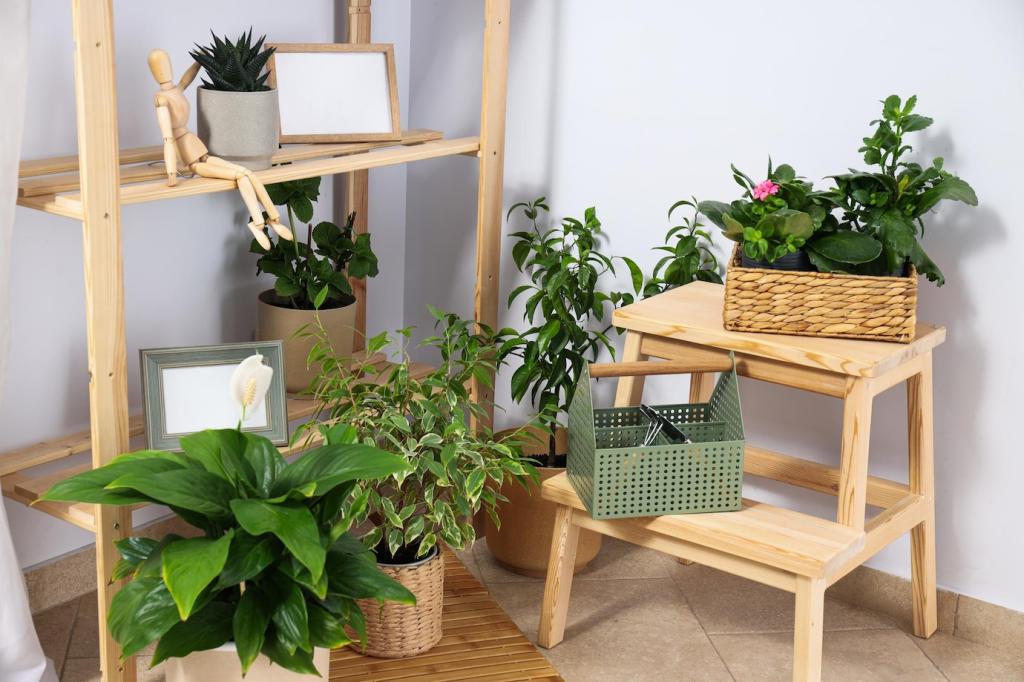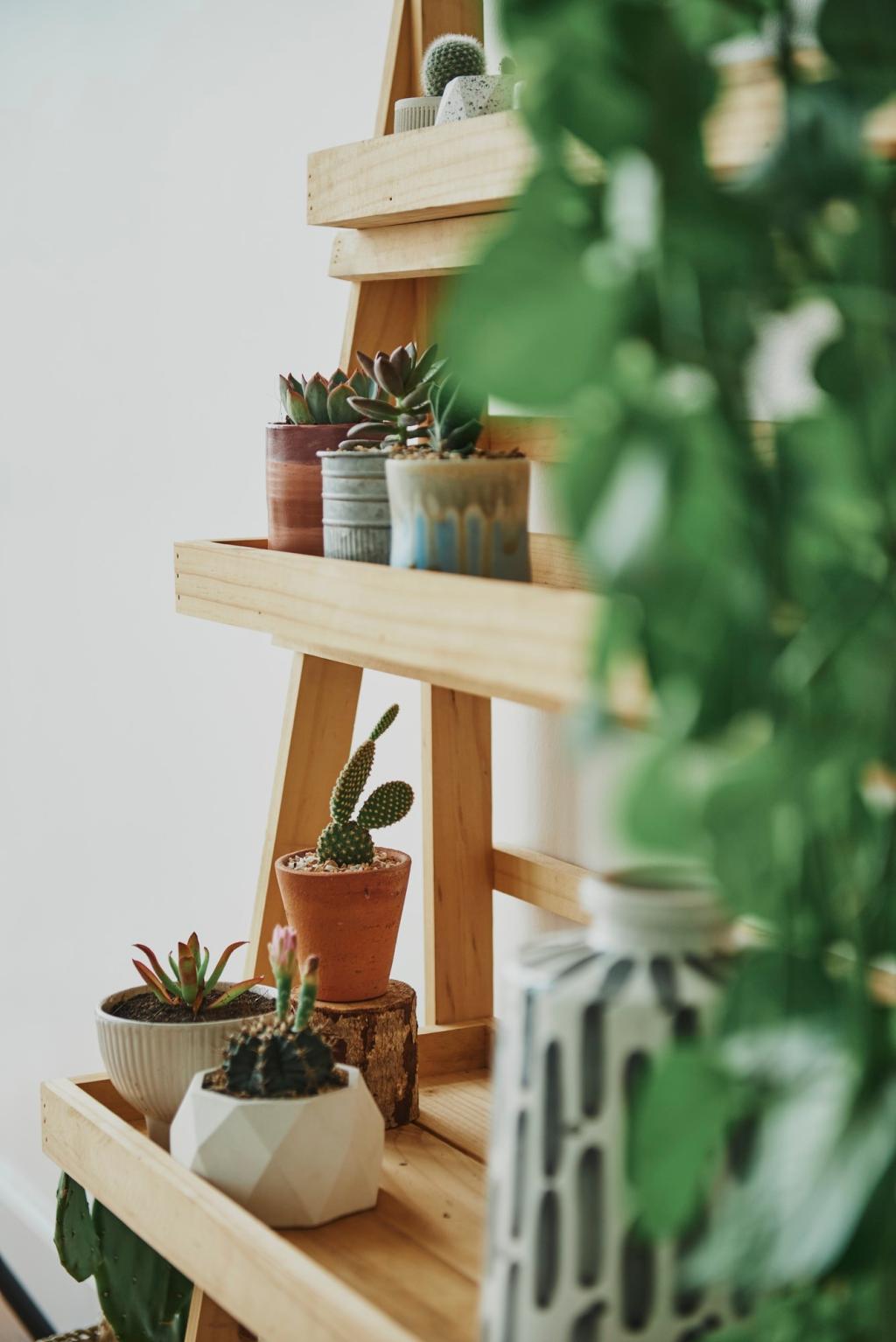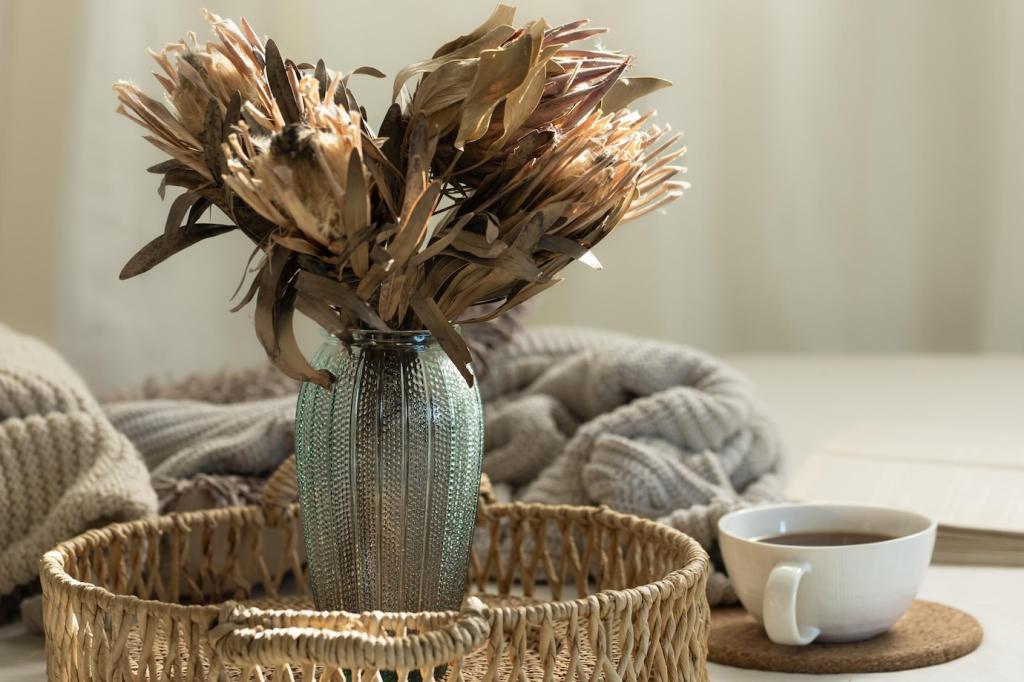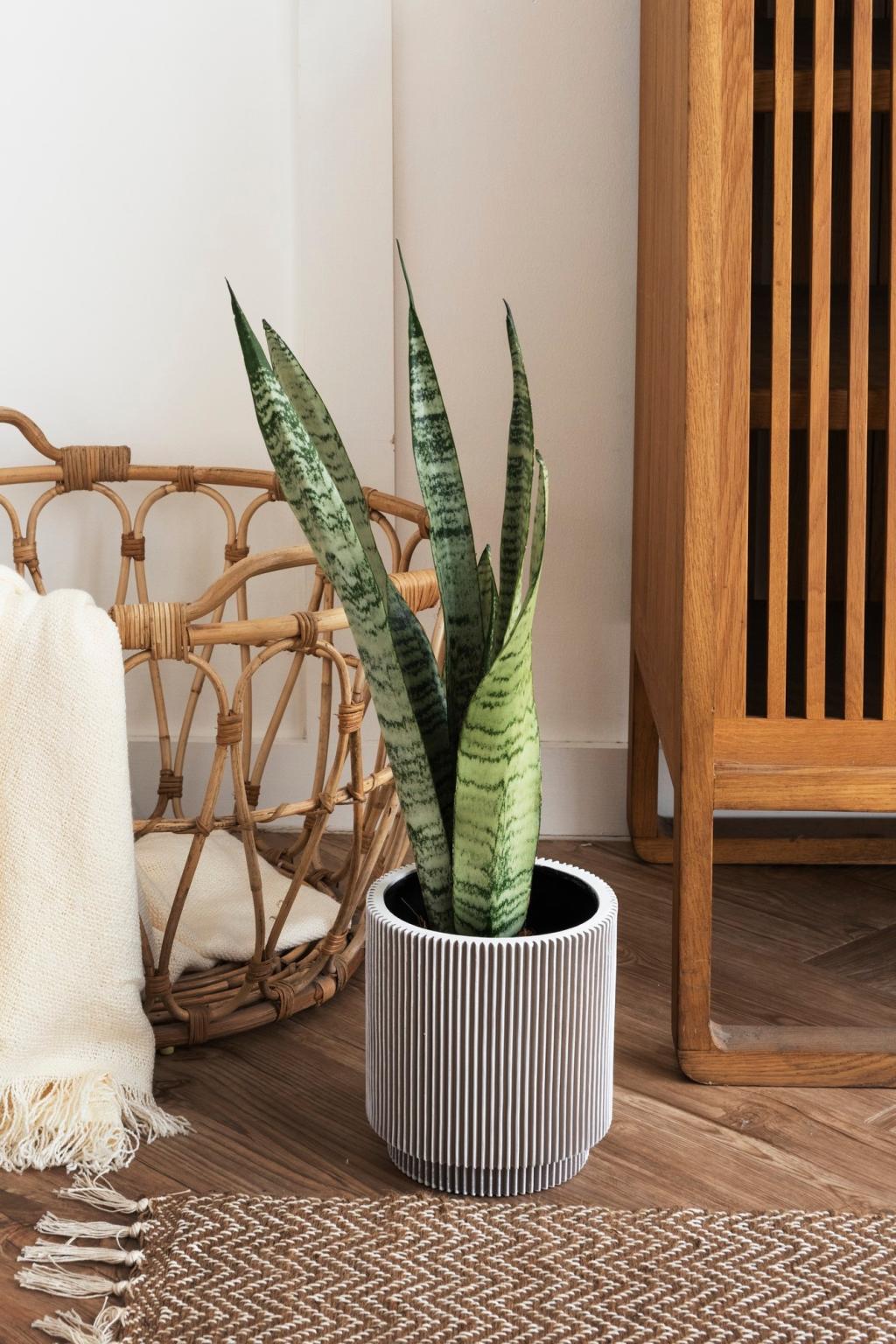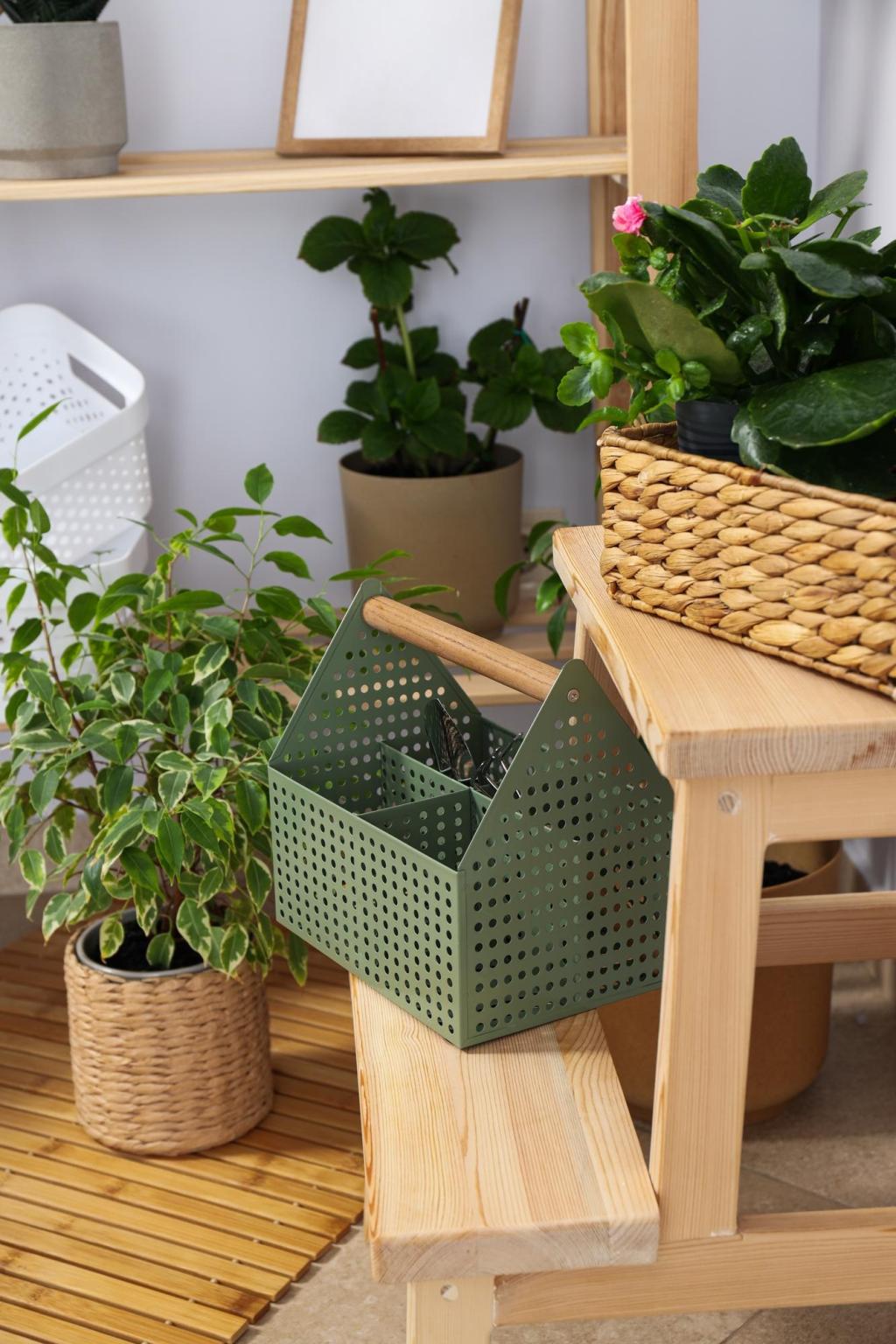Materials Guide for Conscious Shoppers
Recycled glass typically requires less energy than producing new glass, while reclaimed aluminum and brass reduce mining impacts. Look for clear labeling on post-consumer content and local production. If you have a favorite recycled material brand, drop a recommendation for fellow readers.
Materials Guide for Conscious Shoppers
Organic cotton, linen, and hemp offer breathable, durable options for throws, cushions, and table linens. Seek certifications like GOTS and OEKO-TEX to avoid harmful finishes. Share your softest eco-friendly textile find and how it’s holding up after many washes.

